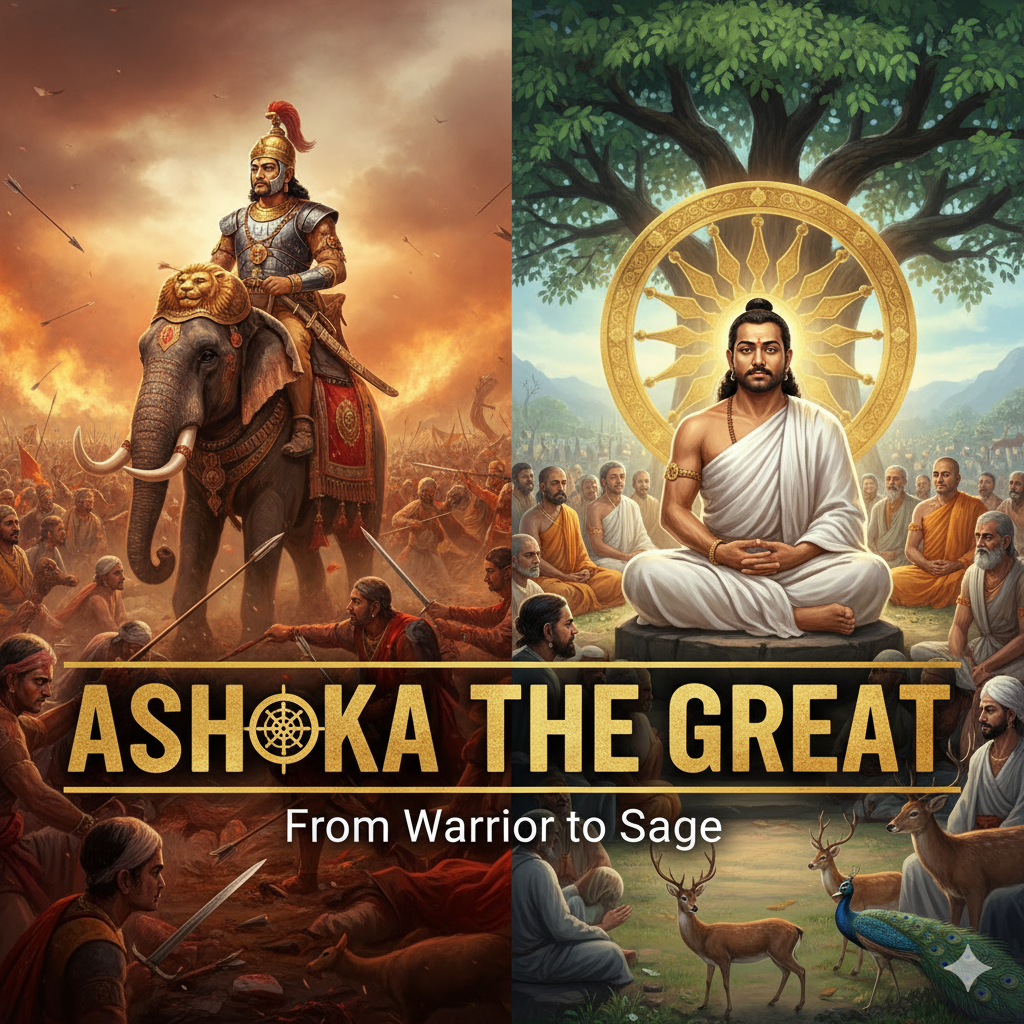Complete biography of Ashoka the Great (304 BCE – 232 BCE),
1. Family Background
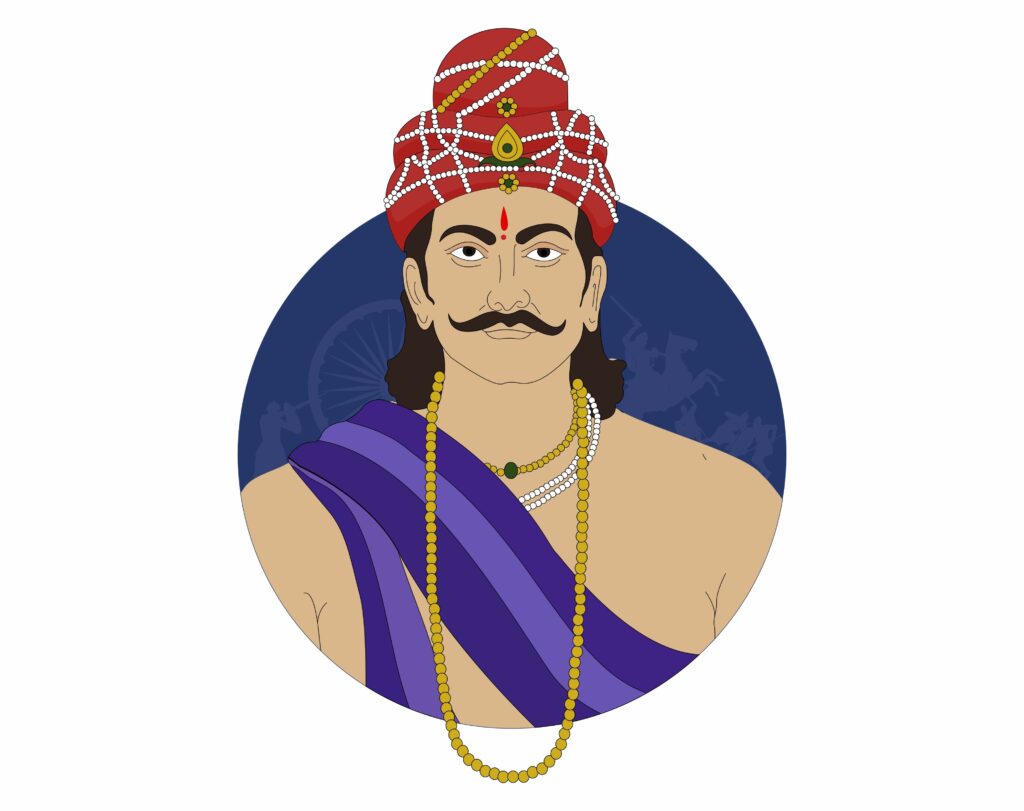
- Full Name: Ashoka Maurya (also known as Devanampiya Piyadassi – “Beloved of the Gods, He Who Looks with Affection”).
- Dynasty: Maurya Dynasty.
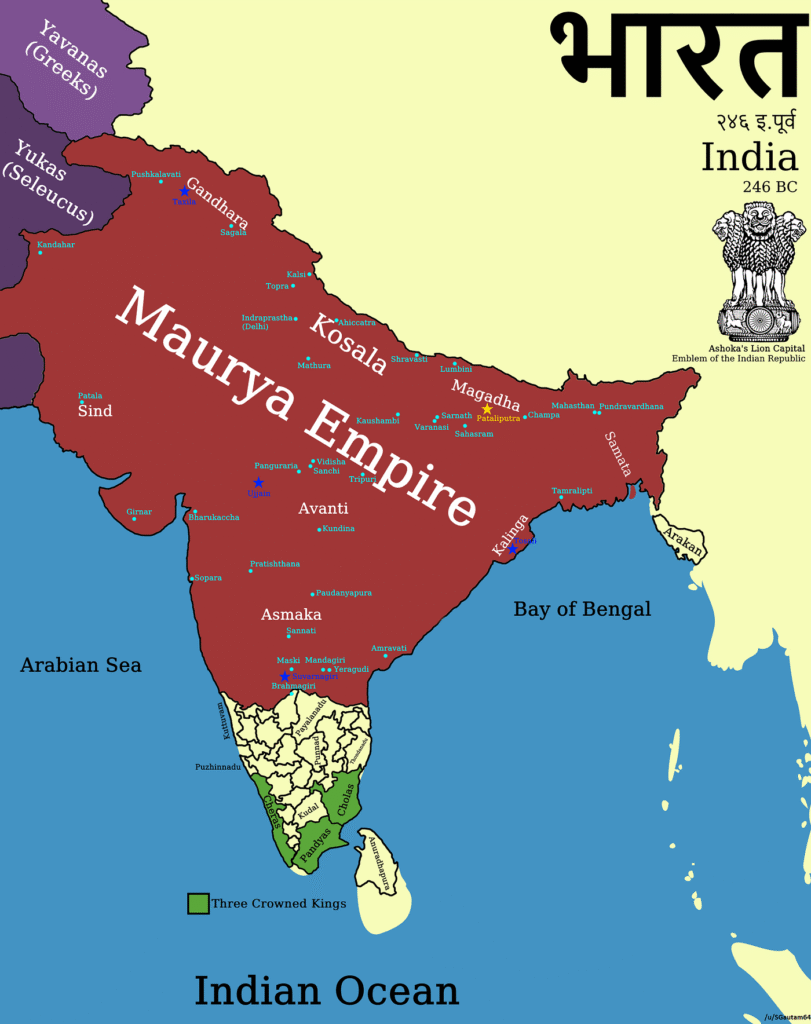
- Grandfather: Chandragupta Maurya – founder of the Mauryan Empire (with guidance from Chanakya/Kautilya).
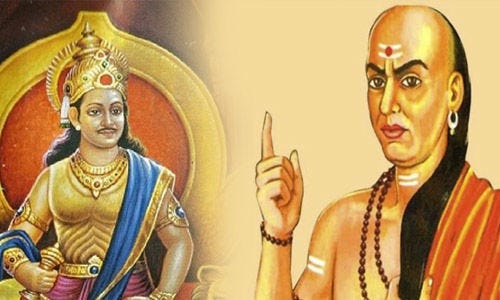
- Father: Bindusara (son of Chandragupta).
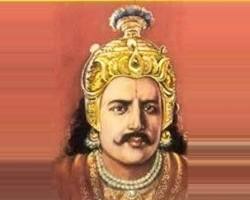
- Mother: Subhadrangi (also known as Dharma or Shubhadrangi), a Brahmin woman from Champa.
- Siblings: Around 100 brothers (some historians mention 5 main contenders for the throne, including Susima).
- Ashoka was not the eldest, but due to his intelligence and skills, he later became ruler.
2. Childhood and Education
- Born around 304 BCE in Pataliputra (modern Patna).
- From childhood, he was strong, intelligent, and skilled in warfare and administration.
- Educated in the sciences, administration, and military training.
- Nicknamed “Chanda Ashoka” (Ashoka the Fierce) in his youth because of his strictness and violent temperament.
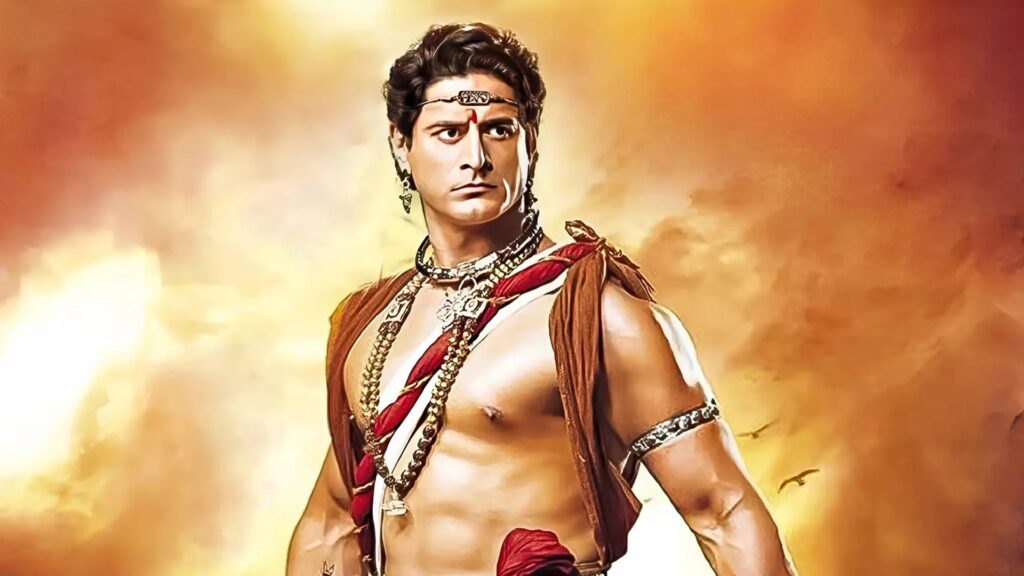
3. Rise to Power
- His father Bindusara appointed him as governor of Ujjain and Taxila, where he proved his efficiency.
- After Bindusara’s death (c. 273 BCE), a struggle for succession took place.
- Ashoka defeated his brothers (including Susima) and ascended the throne in 268 BCE, formally crowned in 273 BCE.
4. Rule as Emperor
- He ruled over the Mauryan Empire, which was one of the largest empires in the ancient world:
- From Afghanistan and parts of Iran in the west
- To Bangladesh and Assam in the east
- From Himalayas in the north
- To almost the entire Indian peninsula (except Tamil regions of South).
- He initially followed the policy of conquest and expansion like his predecessors.
5. Wars and the Turning Point – Kalinga War
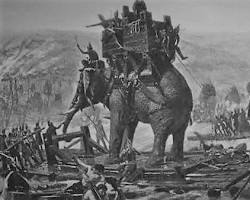
- The Kalinga War (c. 261 BCE) was the most important event of his reign.
- Kalinga (modern Odisha) resisted Ashoka’s invasion.
- The war was extremely bloody – about 1,00,000 people killed, 1,50,000 deported, and many more wounded.
- After witnessing the suffering, Ashoka was filled with remorse and sorrow.
- This war changed him from “Chanda Ashoka” (fierce Ashoka) to “Dharma Ashoka” (righteous Ashoka).
6. Conversion to Buddhism
- Deeply moved by the destruction of Kalinga, Ashoka turned to Buddhism.
- He was influenced by Buddhist monks, especially Upagupta (some sources say Nigrodha, a young Buddhist monk).
- He formally embraced Buddhism and became its patron.
7. Spread of Buddhism
- Ashoka made Buddhism a world religion through his patronage.
- He sent missionaries to different regions:
- His son Mahinda and daughter Sanghamitra went to Sri Lanka.
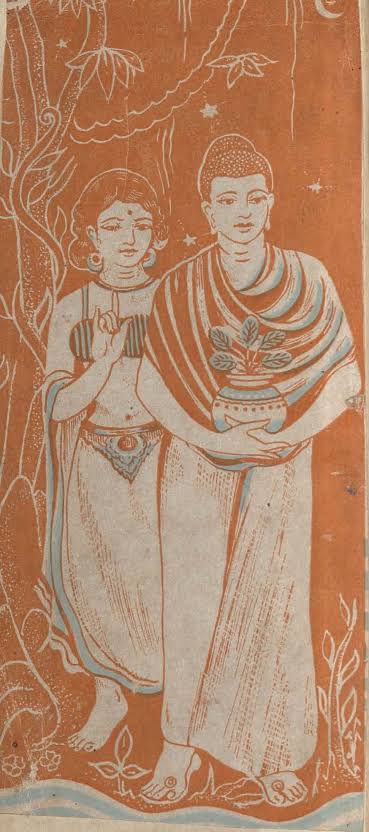
- Missionaries were also sent to Nepal, Tibet, Central Asia, Greece, and Egypt.
- Built Buddhist stupas, viharas, and monasteries across his empire.
- Convened the Third Buddhist Council at Pataliputra (around 250 BCE) to purify and strengthen Buddhism.
8. Dhamma (Moral Policy)
Ashoka developed his own ethical code called Dhamma, not exactly Buddhism but a moral law for harmony:
- Respect for elders, love for children, kindness to animals.
- Religious tolerance and respect for all sects.
- Promotion of non-violence (Ahimsa).
- Simple living and truthfulness.
- Social welfare – hospitals, roads, rest houses, wells, trees for shade.
9. Ashoka’s Achievements
- Unified most of the Indian subcontinent.
- Spread of Buddhism internationally.
- Introduced animal rights (banning animal sacrifices, appointing officials for animal welfare).
- Built 84,000 stupas (as per Buddhist tradition).
- Established a system of Dhamma Mahamatras (officials to spread Dhamma).
10. Inscriptions and Edicts (Shilalekhas)
- Ashoka’s policies are known mainly through his rock edicts and pillar edicts.
- Written in Prakrit language and Brahmi script (some in Kharosthi, Greek, and Aramaic).
- Found across India, Afghanistan, Nepal, and Pakistan.
- Famous sites:
- Ashokan Pillar at Sarnath (with Lion Capital – now India’s National Emblem).
- Rock Edicts of Girnar (Gujarat), Dhauli and Jaugada (Odisha), Maski (Karnataka), Kandahar (Afghanistan).
11. Family (Children)
- Wives: Chief queen Asandhimitra, later Tissarakhshita.
- Children:
- Mahinda (son) – Buddhist monk, went to Sri Lanka.
- Sanghamitra (daughter) – Buddhist nun, carried the Bodhi tree sapling to Sri Lanka.
- Other children mentioned in Buddhist texts, but less certain.
12. Death
- Ashoka died around 232 BCE in Pataliputra (Patna).
- Towards the end of his life, he became weak and neglected by successors.
- His empire started declining soon after his death.
13. Legacy
- Known as one of the greatest rulers in Indian and world history.
- Transformed from a cruel conqueror to a compassionate ruler.
- Remembered as “Ashoka the Great”.
- His symbol, the Lion Capital of Sarnath, is now the National Emblem of India.
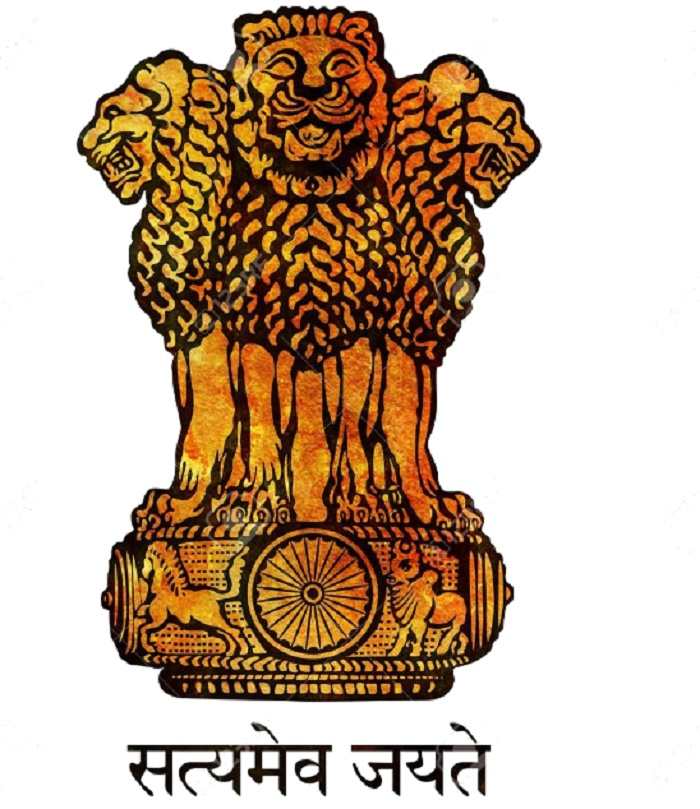
- The Ashoka Chakra (wheel of law) is at the center of the Indian National Flag.
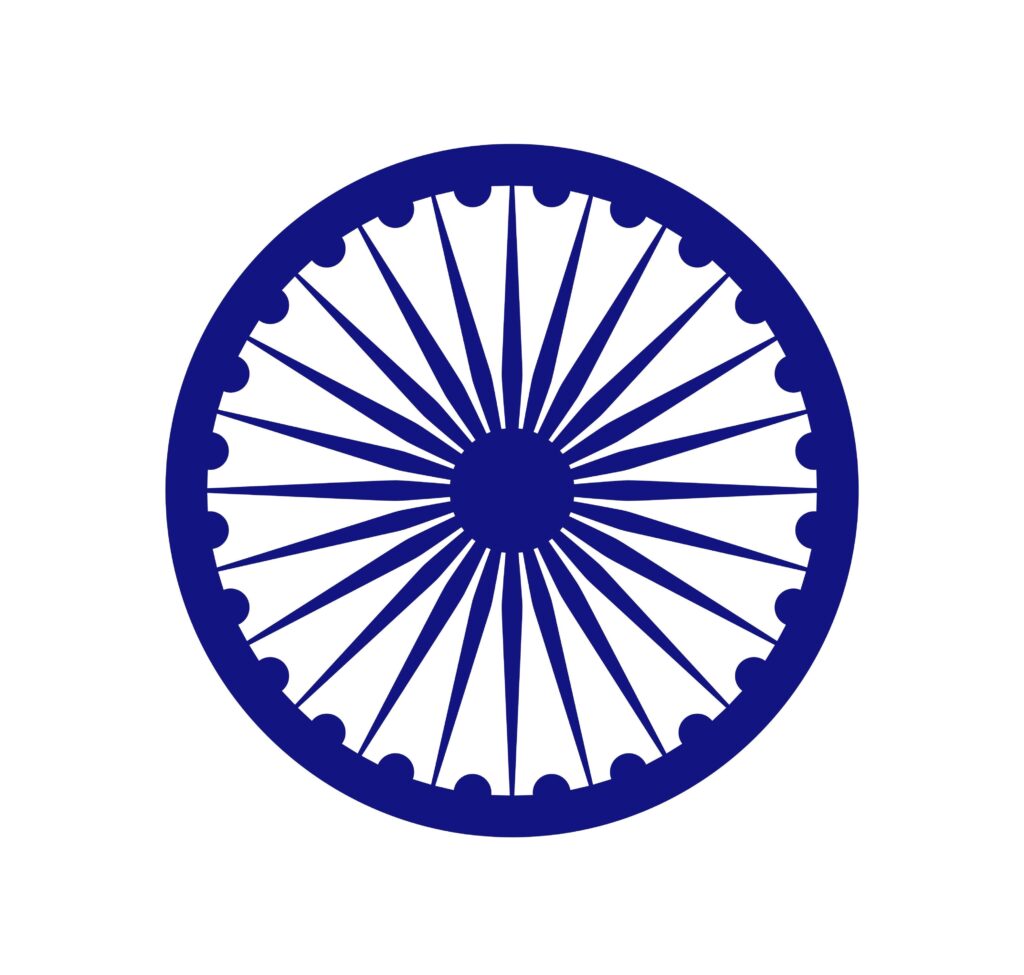
In short, Ashoka was the first great emperor to build his empire not just by conquest, but by peace, morality, and human values.
